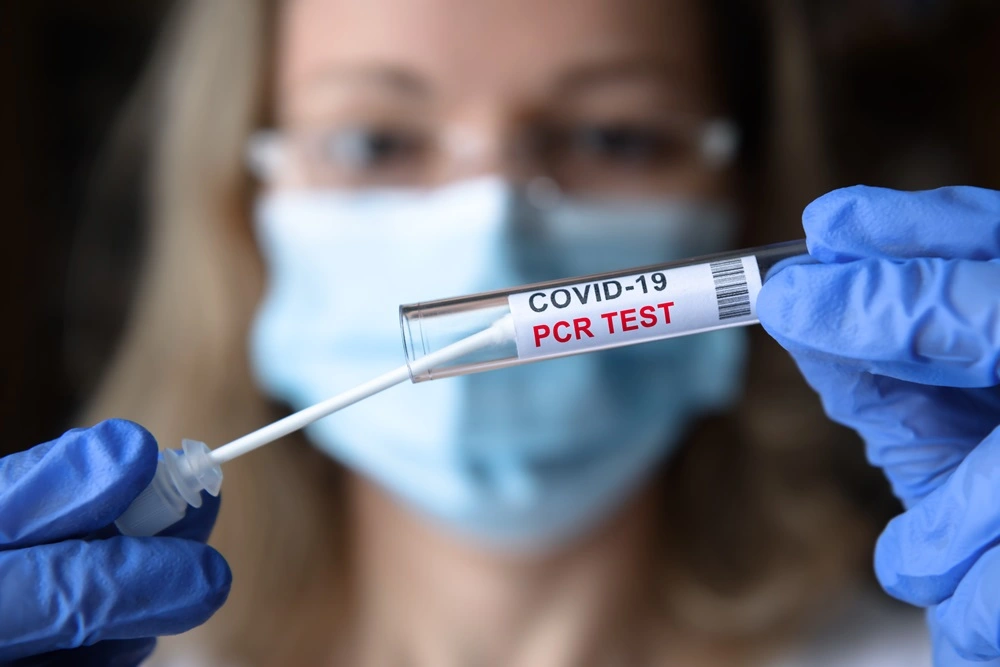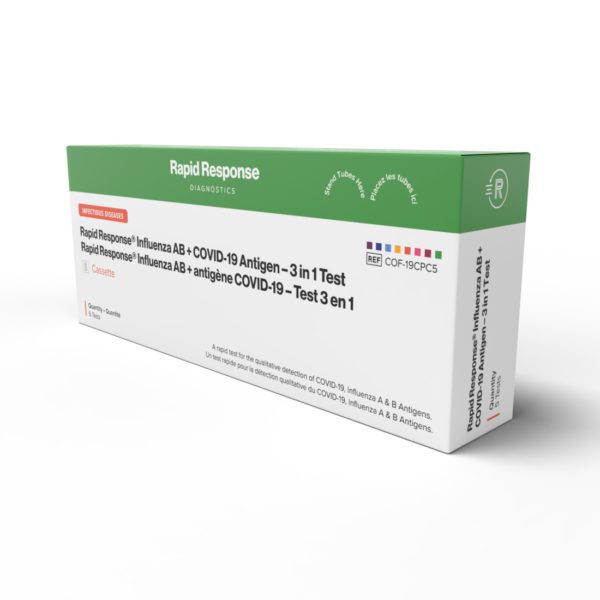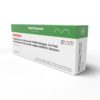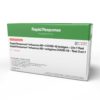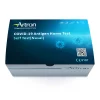What exactly is a PCR rapid test, and how does it work?
In this article, we’ll look into this diagnostic test and its role in modern healthcare, especially in relation to COVID-19.
What is PCR?
PCR, or polymerase chain reaction, is a molecular biology technique commonly used to amplify a specific DNA sequence for further analysis. This technique has revolutionized the field of molecular biology by allowing scientists to make millions or even billions of copies of a specific DNA segment in a short amount of time. PCR is widely used in various fields, including:
- Medical research
- Diagnostics
- Forensic science
- Genetic engineering.
This is also a key method for diagnosing the presence of the SARS-CoV-2 virus, which causes COVID-19.
What is a PCR rapid test?
PCR rapid tests offer a quick and accurate method for diagnosing various diseases, including genetic disorders, certain types of cancers and infectious diseases like COVID-19.
Unlike traditional PCR tests, which may take several hours or even days to generate results, the PCR rapid test provides a faster turnaround time. Additionally, PCR rapid tests have a high sensitivity and specificity, meaning they can accurately identify the presence or absence of the target genetic material in a sample. This minimizes the chances of false positives or negatives.
The test can be performed on various types of samples, including:
- Blood
- Saliva
- Nasal swabs
- Tissue samples
How does a PCR rapid test work?
First, a healthcare worker collects a sample from your nose or throat, which might contain the virus if you’re infected. In the lab, experts will extract the virus’s RNA from the sample.
Next, they convert the viral RNA into DNA. They then place this DNA in a machine that repeatedly heats and cools it. During these temperature changes, the machine copies specific DNA sequences from the virus many times over.
As the DNA copies multiply, a special dye binds to the DNA and emits a signal. The machine measures this to detect the presence of the virus. If the machine finds the virus’s DNA, it means you have COVID-19.
Advantages of a PCR rapid test
The PCR rapid test combines the benefits of PCR tests and rapid tests, mainly:
- Using the PCR technique which detects even small amounts of the targeted pathogen
- Delivering results within a short period for faster decision-making
- Having the ability to detect multiple pathogens simultaneously
Disadvantages of a PCR rapid test
Some drawbacks associated with the PCR rapid test include:
- Potential for false-negative results: This means that a person infected with the target virus may receive a negative test result, which leads to a false sense of security and the possibility of spreading the infection unknowingly.
- The need for specialized equipment and trained personnel to perform the test accurately: This can be a challenge in areas with limited resources or in emergencies where time is of the essence.
- Higher cost compared to other diagnostic tests: This may limit its accessibility in certain healthcare settings.
- Longer turnaround time: Although its turnaround time is faster than PCR tests, it’s still slower than rapid tests. This may affect decision-making, especially in urgent cases where immediate diagnosis is crucial.
Key takeaway
The PCR rapid test is a valuable tool in detecting and diagnosing various infectious diseases.
It offers several advantages, such as high sensitivity and specificity, rapid results and the ability to detect multiple pathogens simultaneously.
However, it also has some limitations, including the need for specialized equipment and trained personnel as well as the potential for false-negative results.
